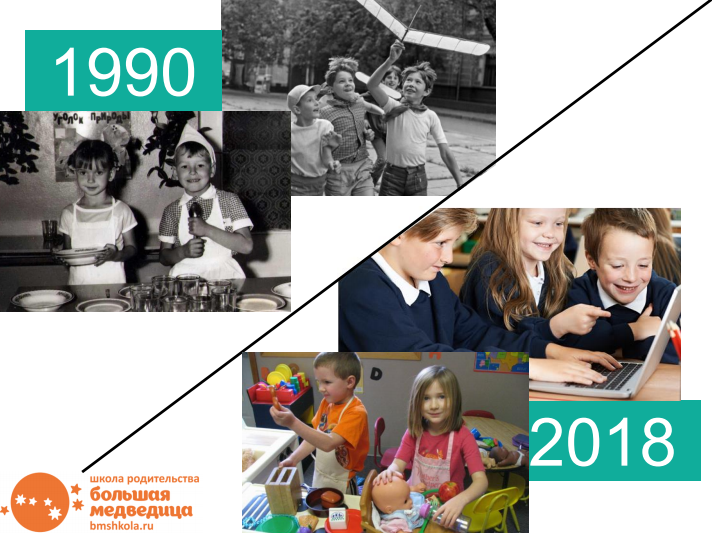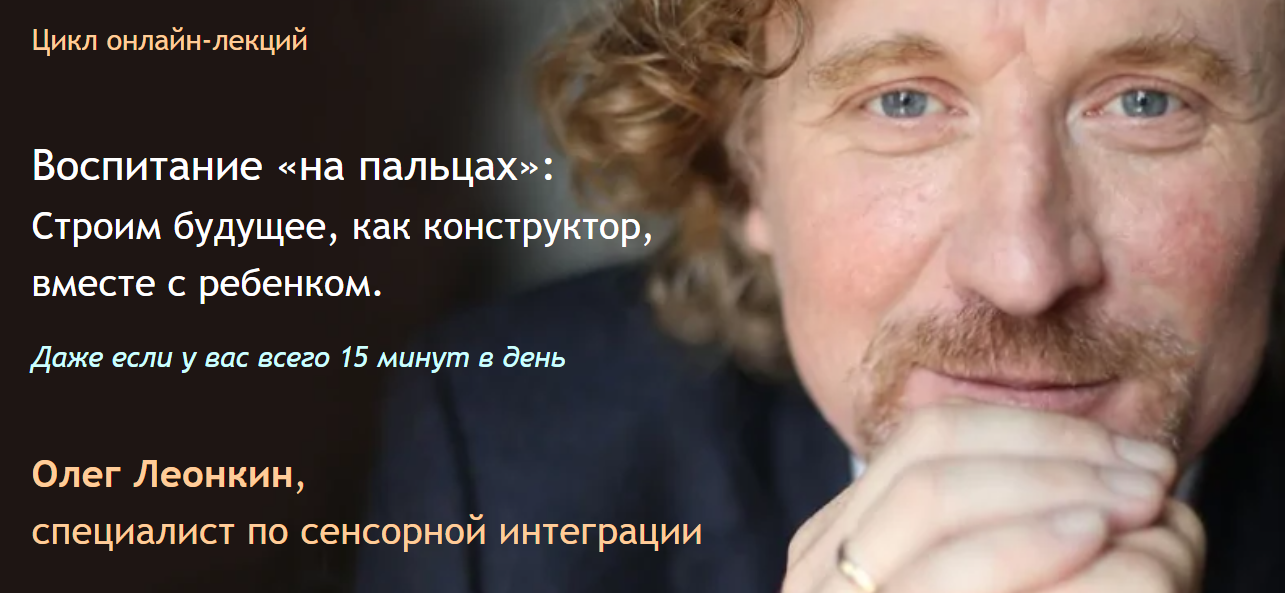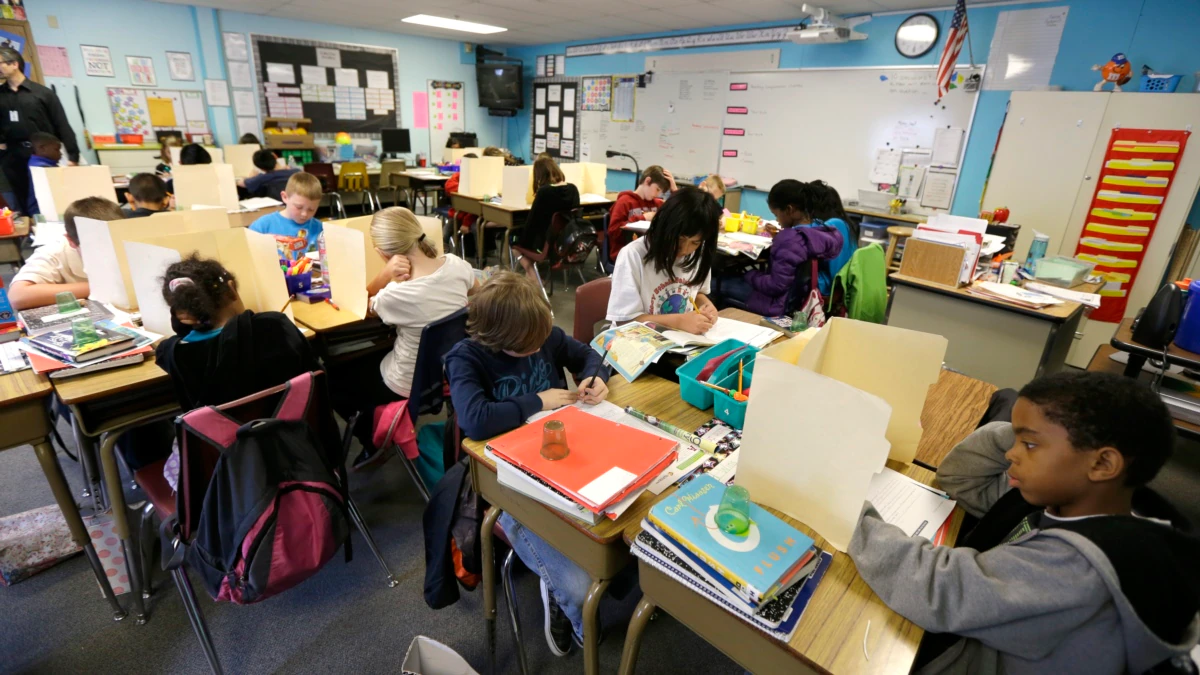How “clip thinking” helps in the development of children
02.04.2022Specialists are sounding the alarm, talking about the “clip” thinking of modern children. Parents have difficulty keeping up or not keeping up with the changes in the “running” world.
- But are today’s children really different from us at their age?
- And are there any pluses where we see only minuses?
The parents were looking for answers to these questions together with Oleg Leonkin― children’s rehabilitation specialist , sensory integration specialist, kinesiotherapist, father of 5 children – during the cycle “Education on” fingers. We build the future, like a constructor, together with a child” *
The more detailed the answer, the easier it is for each of us to build an individual trajectory, our own path of development and education child.
Especially when the world is running.
We invite you to follow in the footsteps of the first lecture of the cycle, explore the topic of clip thinking from a different angle and try to find your answers.
_________________________________
Remember yourself first
The environment cannot but influence us. The child feels this influence from birth.
So that you can literally feel physically how much the environment has changed, the “context” in which the child is growing today, let’s follow the course participant in a small but very revealing exercise→
Remember your childhood. Most likely, the most conscious period is school. For many of us, this will be the familiar 90s 🙂
 |
Slide from the presentation for the lecture “Another world – other children. What to teach and what to learn?
Try comparing that time with today. Fix at least 3-5 key differences: what was the pace, what did they use, what was impressive, what were they worried about, etc.
The changes seem to be gradual. But have you noticed how phenomenally the environment and the tools we use have changed, not even in 20, but in just 10 years?
_________________________________
What does understanding “context” mean?
Each of us adapts. A child does this much faster than an adult.
What is characteristic of clip thinking?
The key is keeping attention short.
The child is included in one action for a short time, and then switches to the second, third, etc. Hence the difficulties at school, with prescriptions, with concentration in the classroom.
What if clip thinking is just a way to adapt to a digital and ultra-fast world? A way to help protect against information overload.
We cannot close the child from information. This bright stream, consisting mainly of non-corporeal “data”, is falling … every minute.
“Fragmentary” (“clips”) perception of information helps children adapt, simultaneously take different data from different sources.
Surprisingly, a modern child is able to quickly “isolate” what he needs from this variety and synthesize it into new knowledge.
And this is the same multitasking that is becoming incredibly relevant and will definitely come in handy in the future. In addition, it is the ability to find instant solutions using a quick search for information.
Yes, keeping your attention is the most important skill, without which no action is possible in principle.
It needs and can be trained – but without forced sitting over notebooks, through the correct selection of activities for the child (and these topics are also discussed in the course).
But it’s about something else: it’s pointless to deny the influence of the environment and exhaust yourself with worries. We are changing. Children and ways of perception are changing.
We can help a child develop, learn skills that will be useful to him in life, accepting the “context”, realizing that clip thinking is just an adaptation mechanism that can be successfully worked with.
Understanding helps not to focus on the “problem”, not to deny changes, but to look further for one’s trajectory, using the possibilities of the new environment.
_________________________________
Some other lecture topics
- Generation features. Why do children perceive and react differently. How can parents rely on knowledge of these “features” in everyday communication with their child.
- What adjustments are being made to education programs in various countries of the world, taking into account the world that has changed and continues to change.
- Key skills , the development of which should be given special attention so that the child can easily adapt to changing conditions.
- Painful questions that worry parents: the child grows up as a “consumer”, starts talking late, it is impossible to protect from content “out of age”.
- Hyperactive and just active children. The main principle of interaction with “motors” to help parents.
- Gadgets. Three directions of interaction. How to “not fight”, but “cooperate” with smart devices.
Full course “Education on “fingers. We build the future, like a constructor, together with the child ”* is available for recording and is suitable for those who:
- tired of fighting gadgets, unwillingness to learn, inattention and confusion.
- worries that the child is somehow “not like that” and will not be able to fulfill his potential in the future.
wants to know firmly inside that everything is in order with both the child and the parents, and argue when necessary.
Recording of the courseOleg Leonkin “fingers”: building the future, like a constructor, together with a child” *, following the lecture from which we went through today, is among the participants 🙂
If you’ve already purchased this course, we hope today’s article serves as an important reminder. You may want to review the lectures.
And if you haven’t been able to complete the course yet, you can do it at any time.

* Series originally titled: Visitors from the Future: Helping Children Find Their Adults
__________________________________








